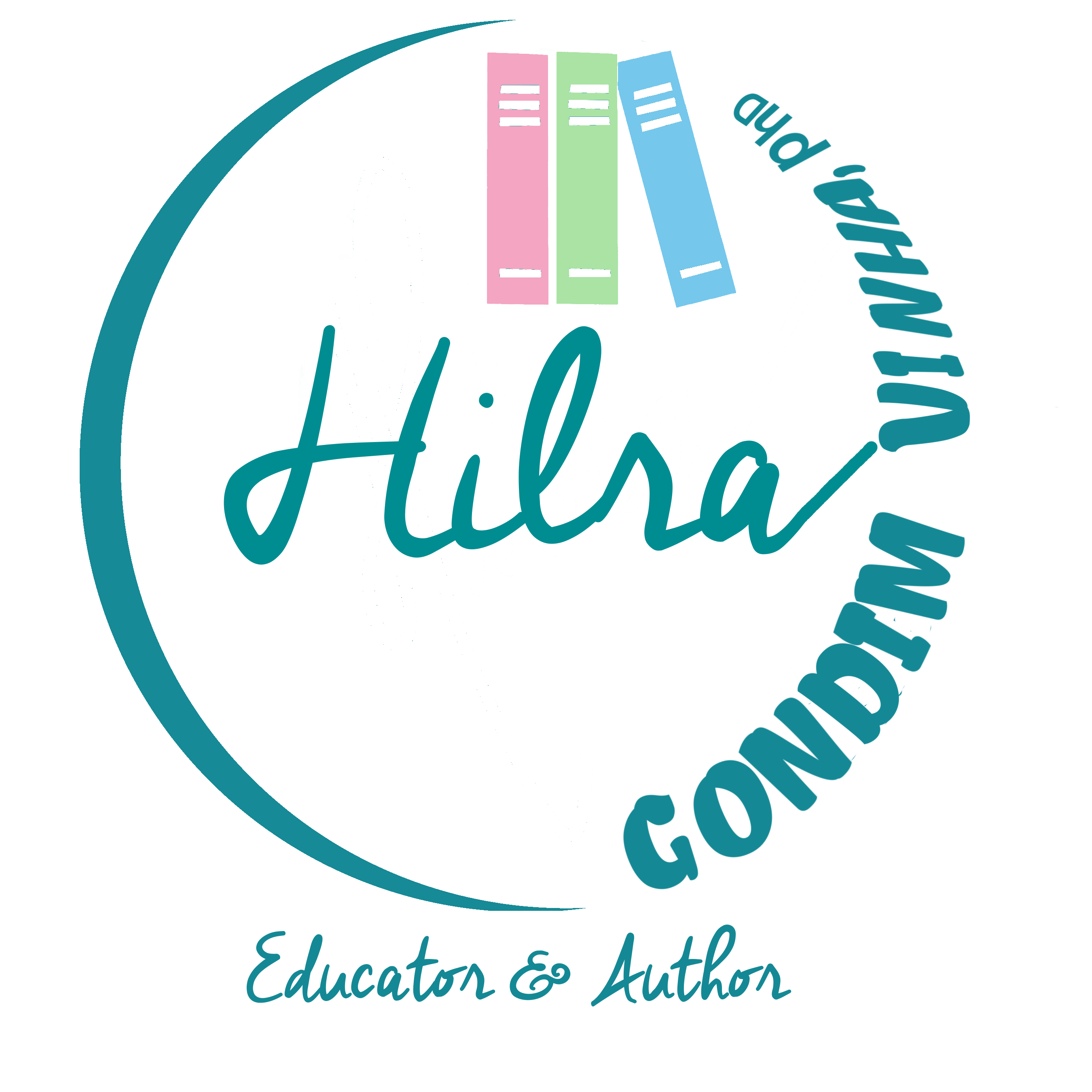UNIVERSITY OF SOUTHAMPTON
ABSTRACT
Faculty of Law, Arts and Social Sciences
SCHOOL OF EDUCATION
Doctor of Philosophy
Learners’ perspectives of identity and difference: a narrative study on visual and verbal representation of self and other
by Maria Hilrani Gondim Lima Vinha
This thesis discusses children’s perceptions of self and others in the context of the inclusion debate, including debates about the conceptualisation of disability from the medical/individual and social models. The chosen media to investigate children’s perceptions are their visual and verbal representation of differences. Therefore, this investigation is concerned with the verbal and non-verbal aspects of communication, including an interest in finding spontaneously emerging metaphors. Linked to this concern with the representation of self and other in relation to differences and sense of belonging through visual and verbal activities, activities were designed to encourage the participants – young people with and without learning difficulties in more and less inclusive settings – to tell their stories using both forms of expression, following the principles of open-interview. The study is founded on notions of narrative as a means of interpreting the world and making sense of the lives of others. Therefore, the methods of inquiry are connected with narrative inquiry and auto/biographic research to some extent. Here the (life) stories are told not only in narrative form, but also in image-based representation of people, events, and meanings. An autobiographical thread is also developed alongside the presentation of the study and the process of producing it.
Pursuing an agenda for social justice this research is intended to capture the participants’ perceptions as a means to listen to their voices and ultimately to ‘turn up the volume’ (Clough and Barton, 1998, p.129) of their voices, in the form of stories as a means of exploring ways to make the findings accessible beyond academia. The findings, that children were capable of expressing their perceptions both verbally and visually and that they visually portrayed differences between able/disabled people that they did not explicitly verbally express, contribute to methodological knowledge as well as the field of inclusive education and disability studies.

